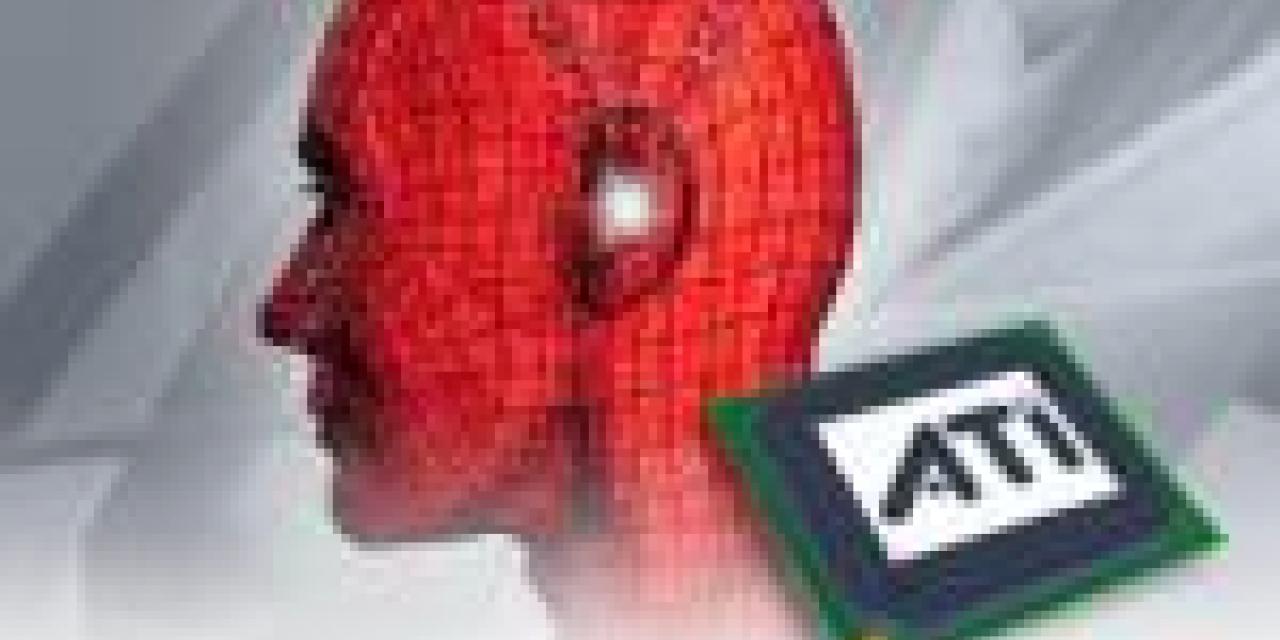
Just as ATI was announcing the availability of its new chipset family for AMD 64 desktop platforms, the Radeon XPress 200, another more important ATI innovation is being prepared for its market debut.
ATI is reported to be experiencing some problems with its new secret weapons but the company is expected to be able to showcase it within a couple of weeks. According to most industry analysts it is more than likely that ATIs Hypermemory technology, will make it to a pre-Christmas launch, good news for a company that has gradually taken over the graphics market and is now in a very comfortable position.
Although the Canadian graphics company will not reveal details of what is, after all, its secret weapon, the latest information suggests technology which will allow a PCI Express, card to use system memory to store textures and enable graphics processing. This sounds like a trick that ATI may have picked up while preparing its graphics board for the XBox 2, although it is hard to tell until further details of this technology are released. The performance impact of Hypermemory is expected to be significant but the most important aspect may turn out to be pricing which will become much more flexible since cards will not have to carry as much RAM as they do today.
Meanwhile, the Radeon XPress 200 chipset series supports Socket 754 and 939 AMD desktop processors and is comprised of integrated graphics and the pin-compatible Radeon XPress 200P, which allows for high performance add-in graphics. The chipset will also feature:
- Broad connectivity through four SATA ports with RAID 0 and 1 support, eight USB ports, one PCIe 16X graphics slot and four PCIe 1X slots
- Rich multimedia with support for high definition audio, onboard DVI and VGA outputs for multi-monitor support and ATI's LCD Enhancement Engine for improved LCD response time
- High reliability through PCI Express-based Gigabit Ethernet, VPU recover, TPM 1.1 and 1.2 authentication, and support for AMD virus protection
- Support for up to 1Ghz HyperTransport with additional overclocking flexibility.








